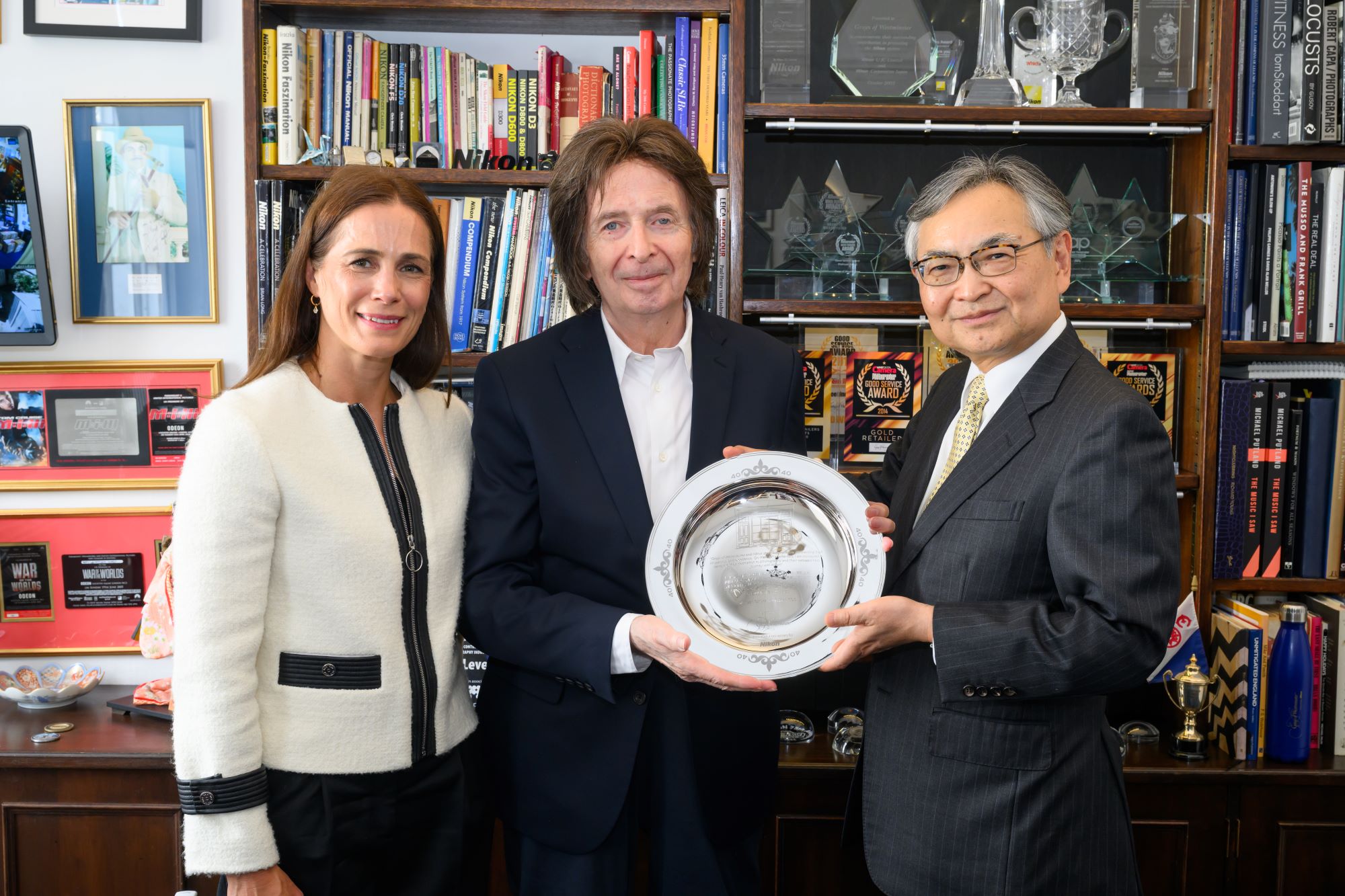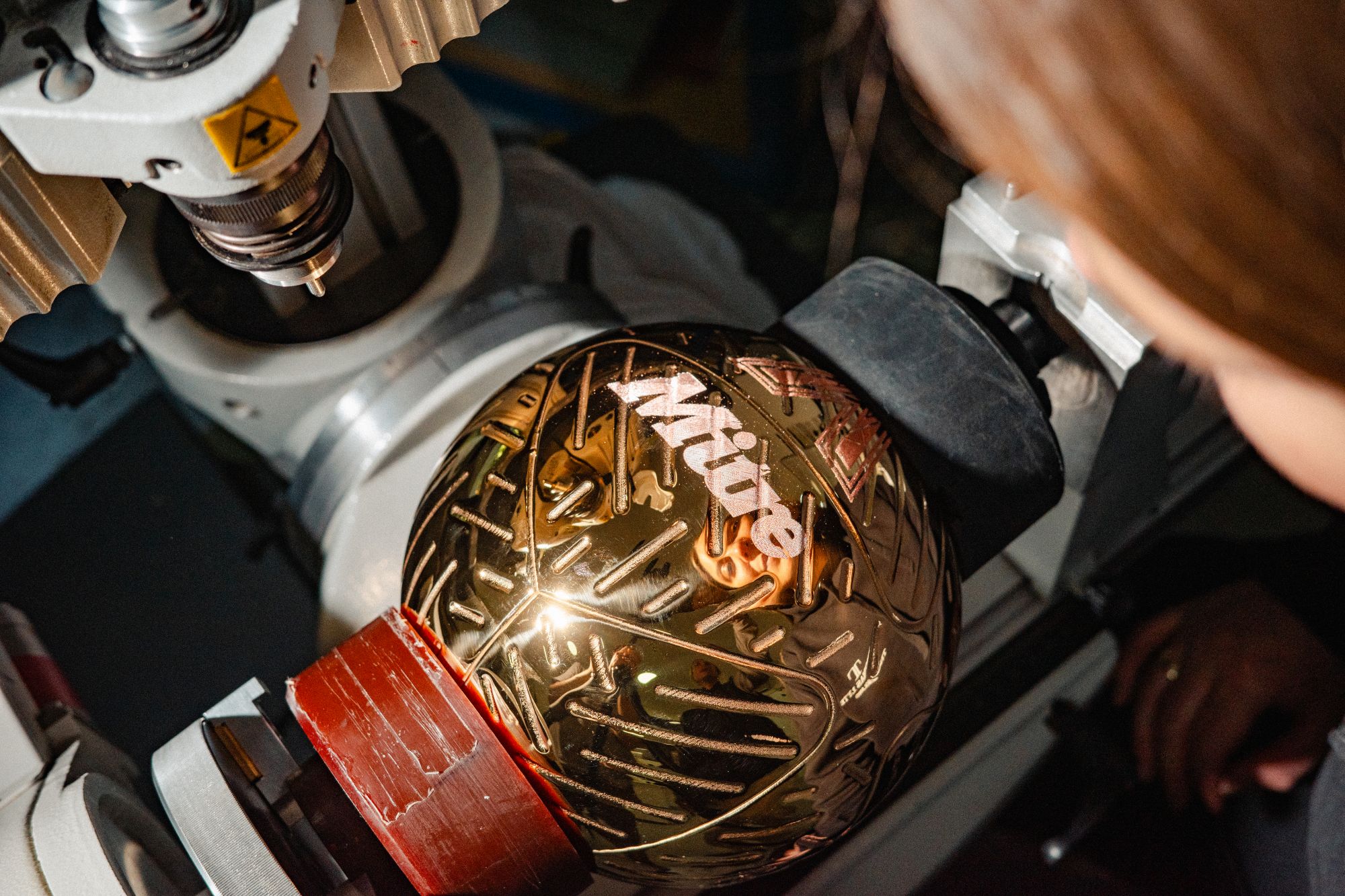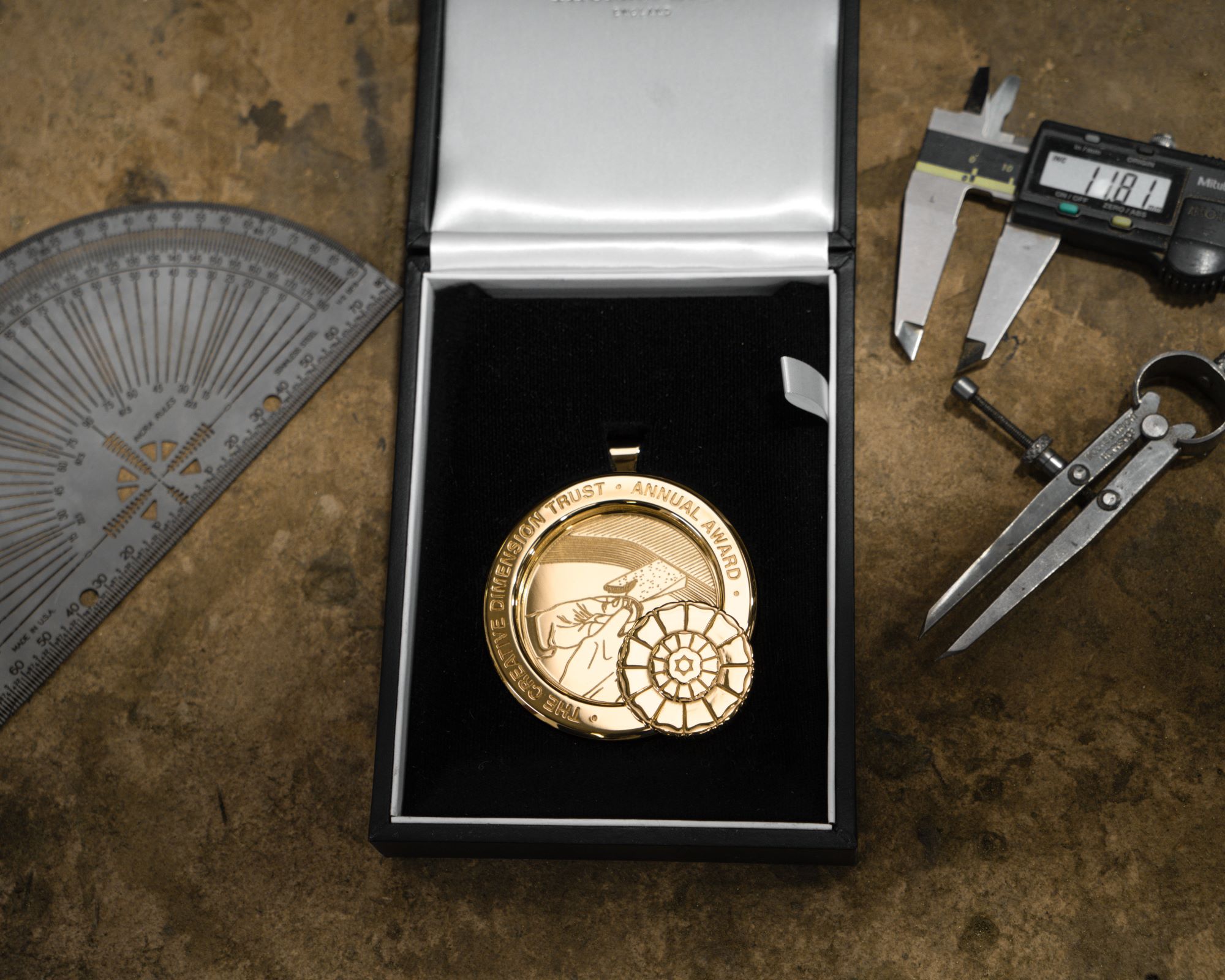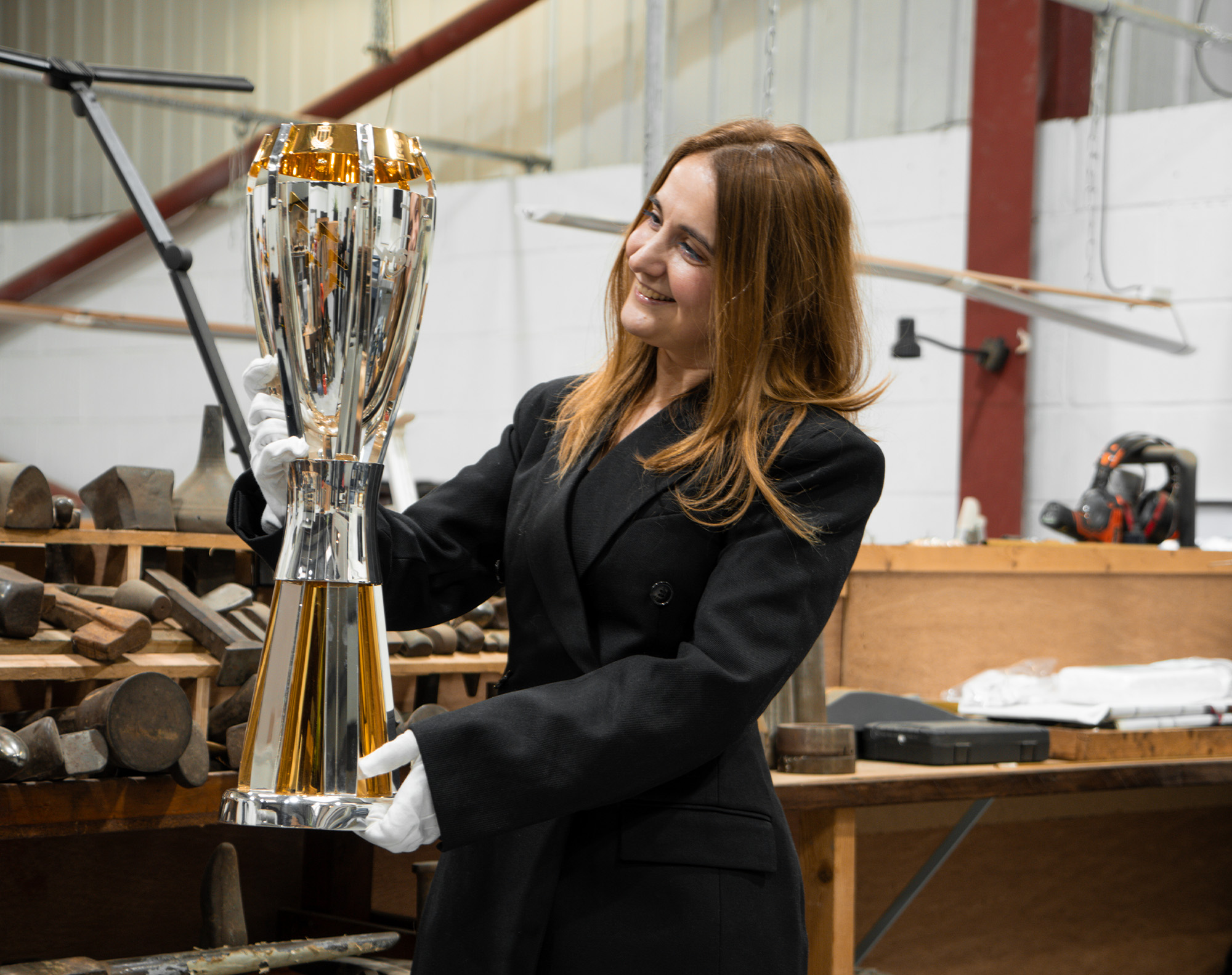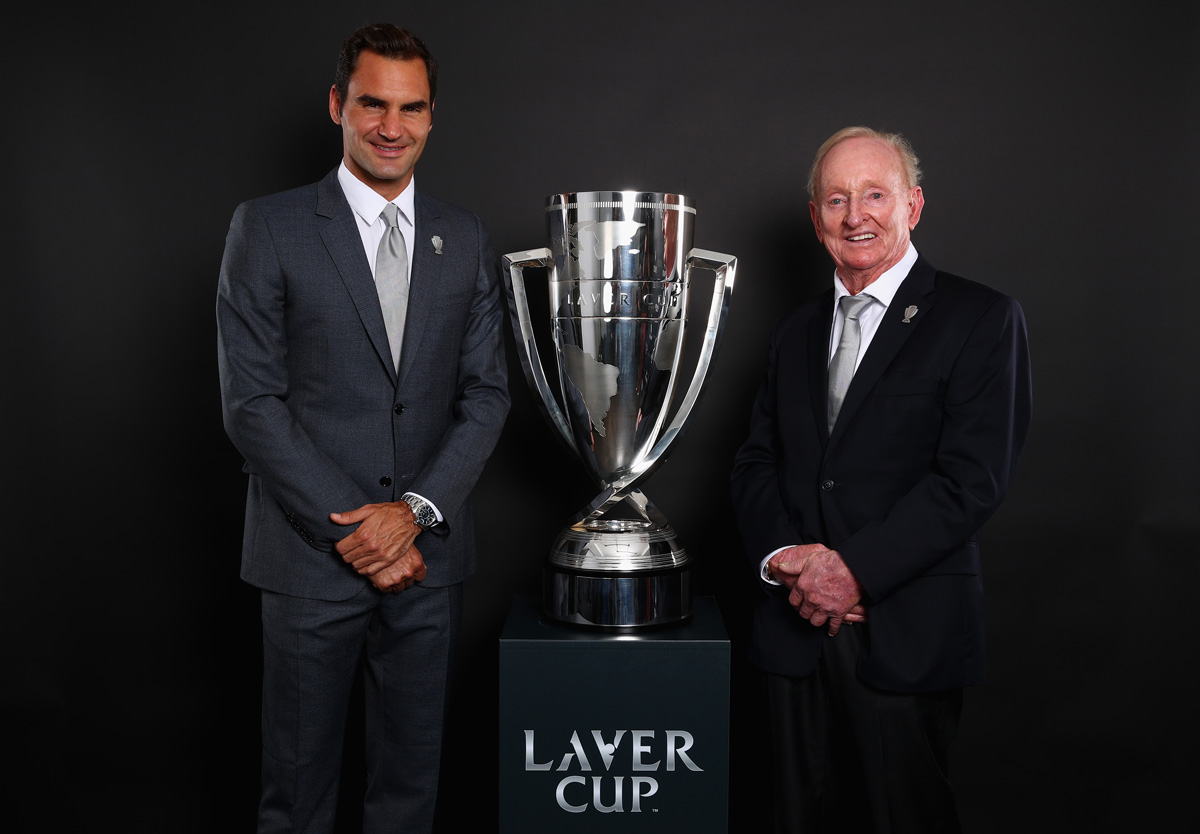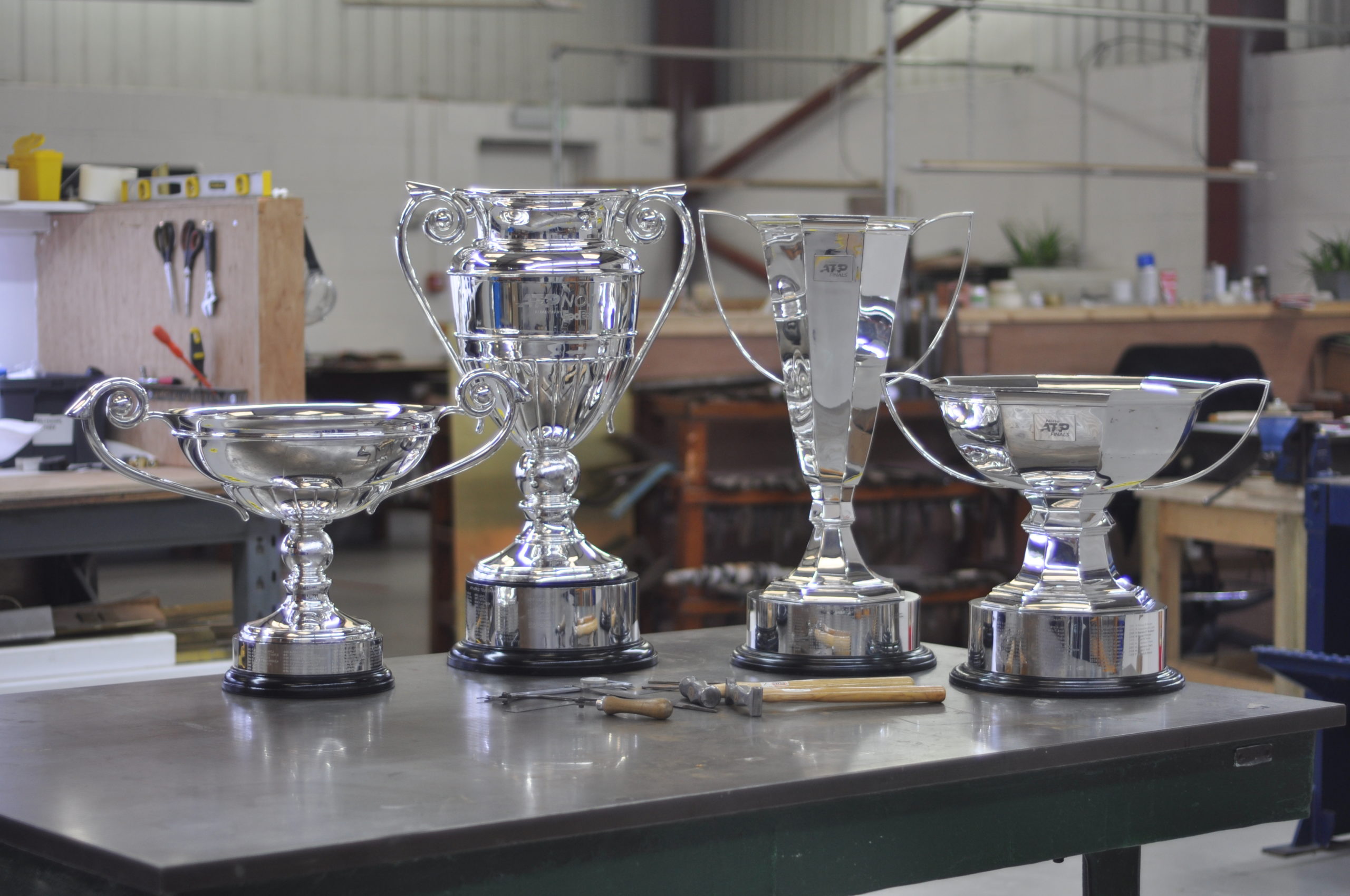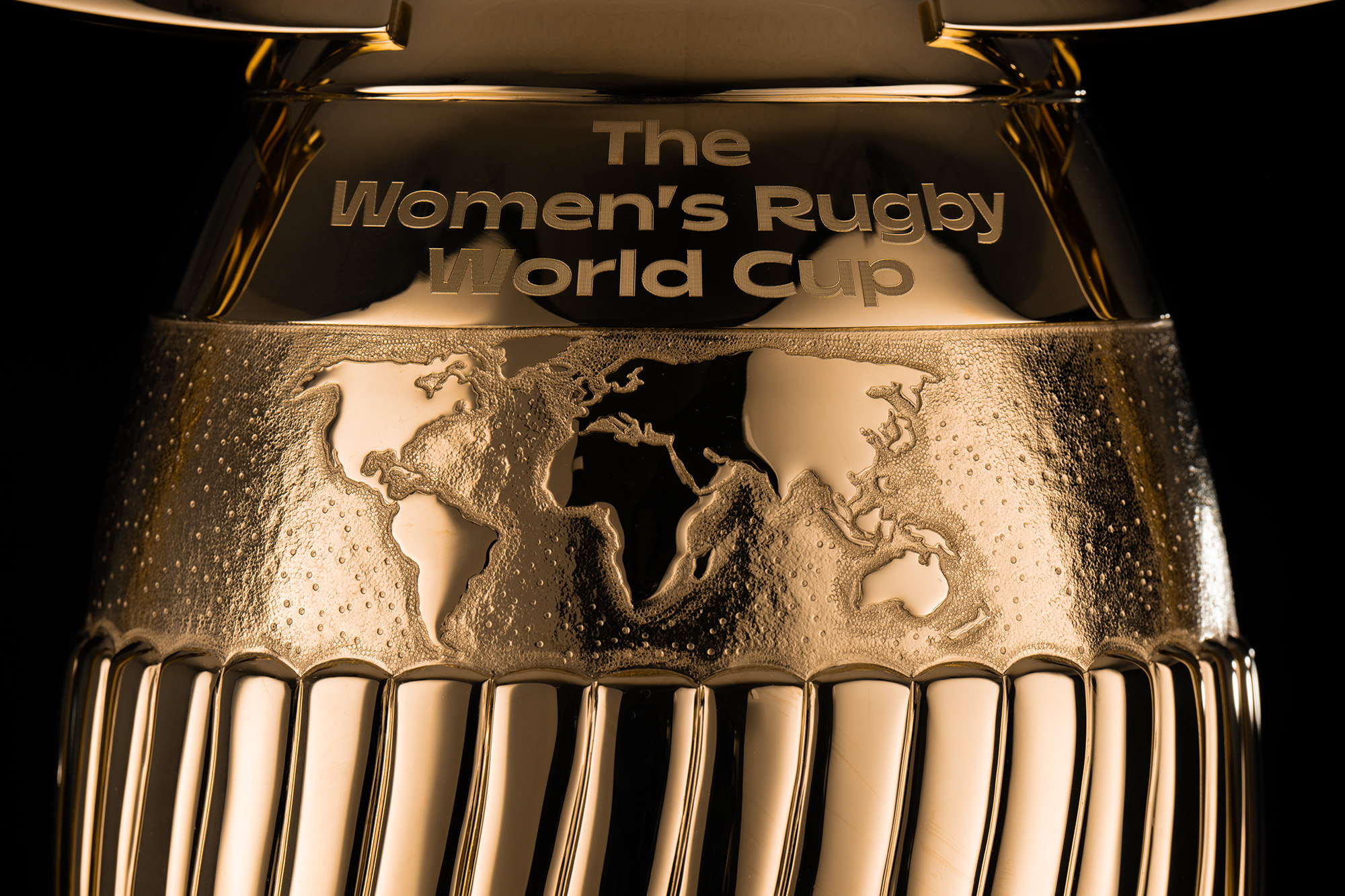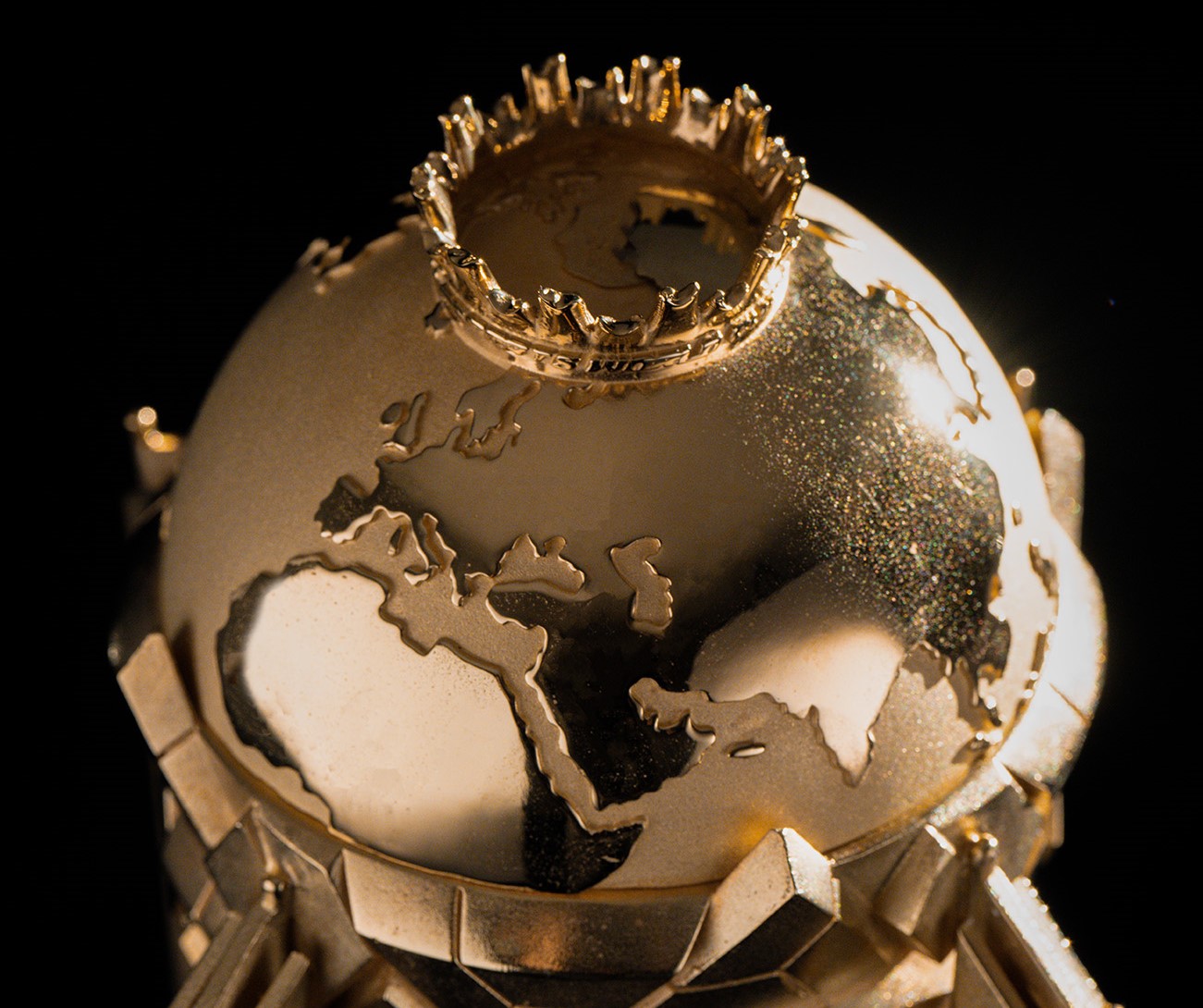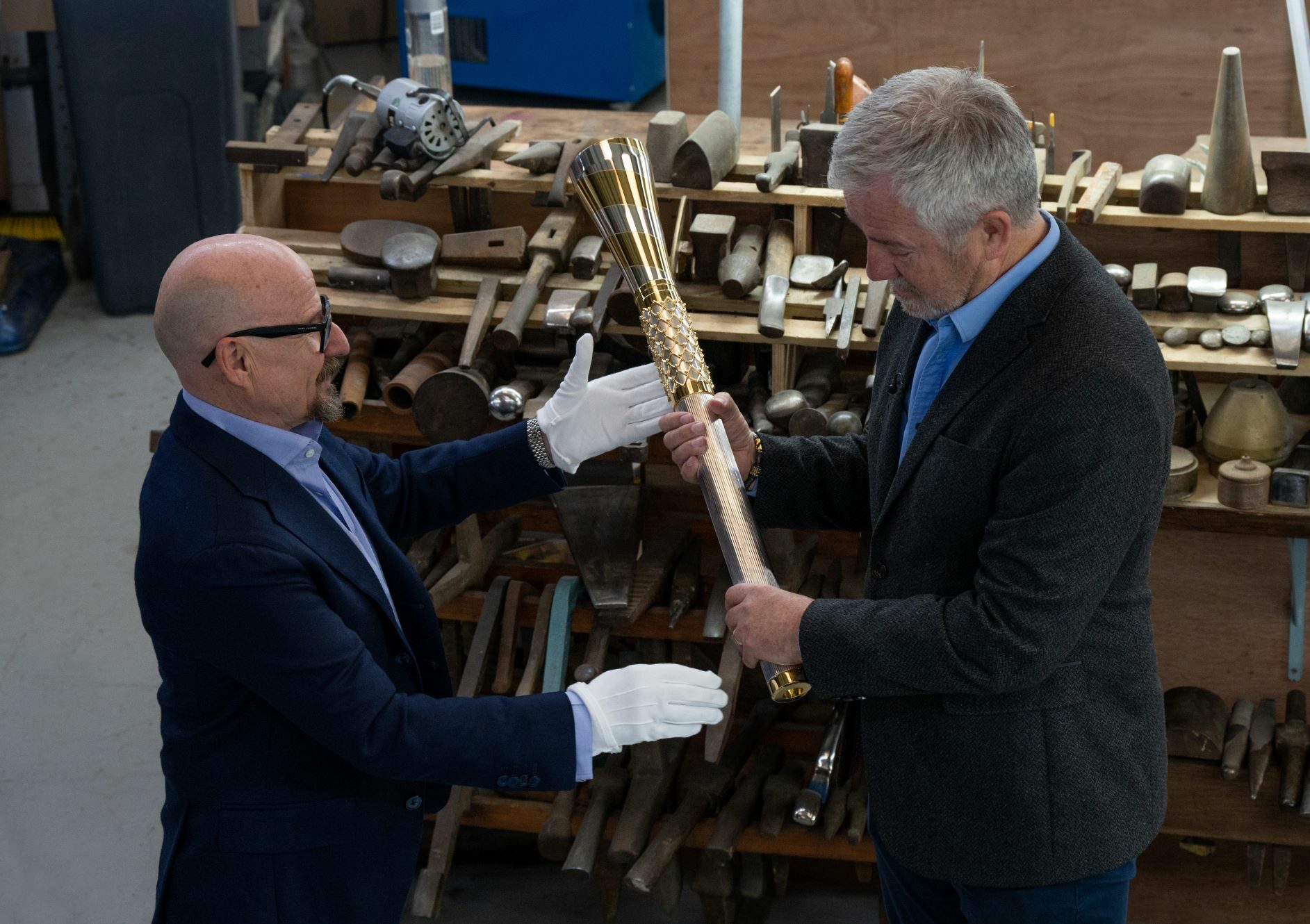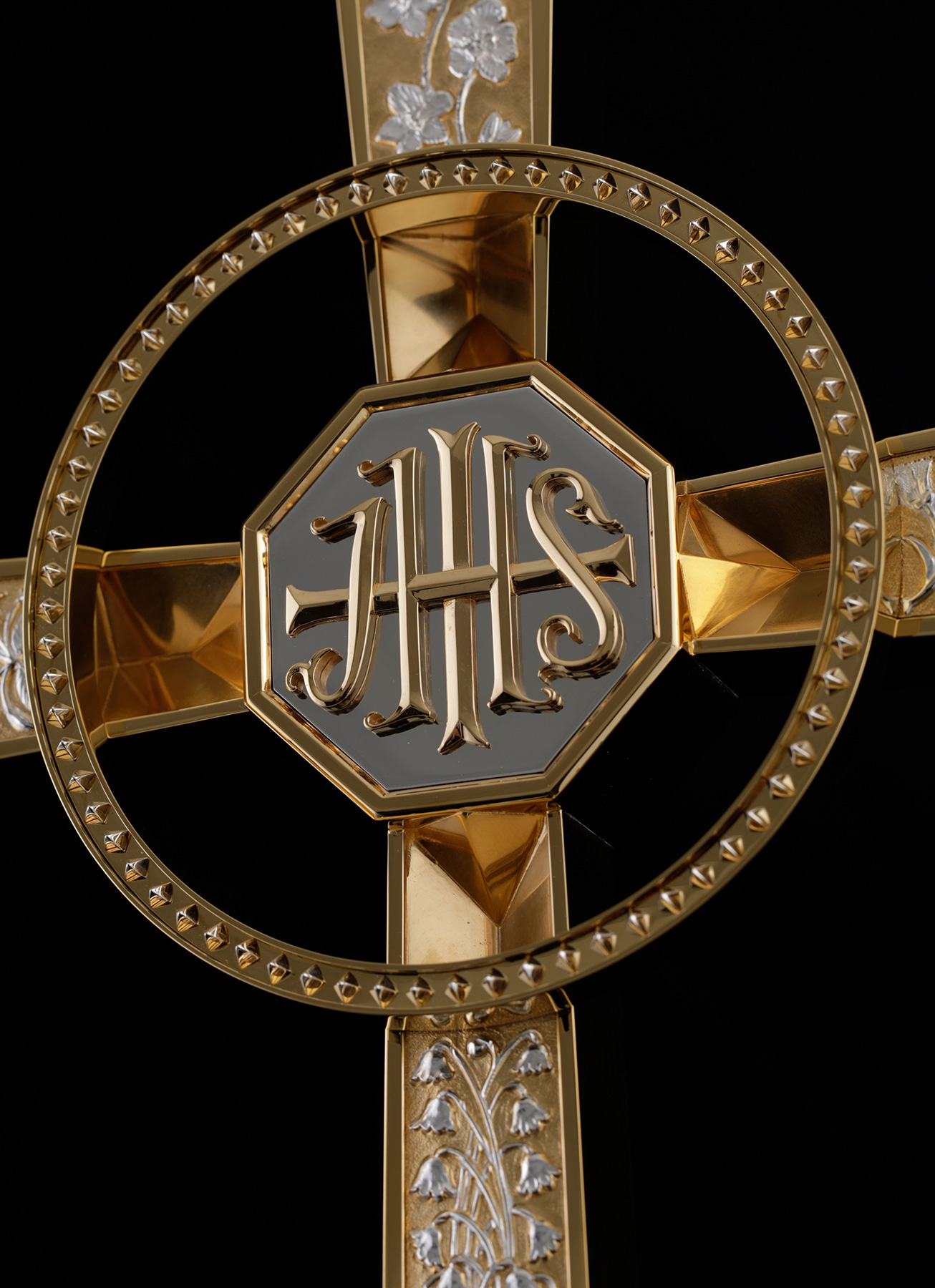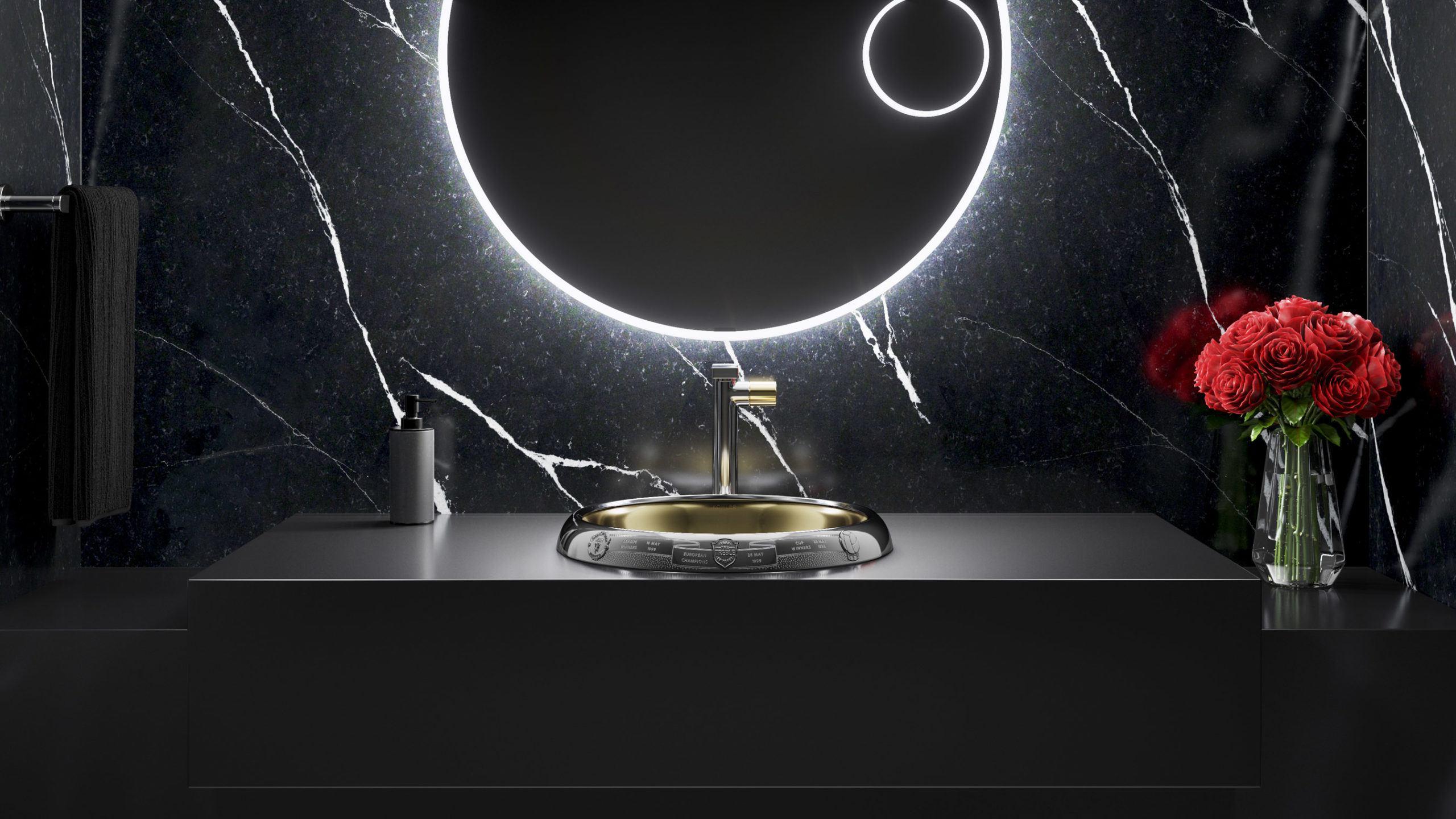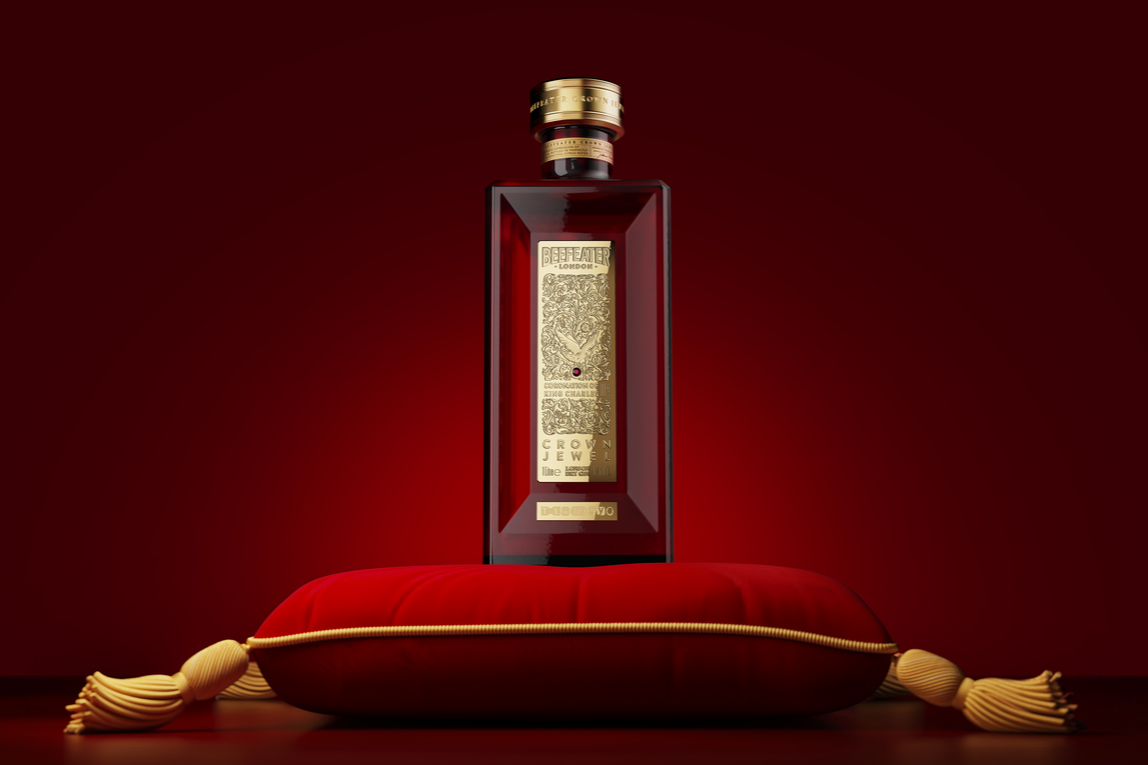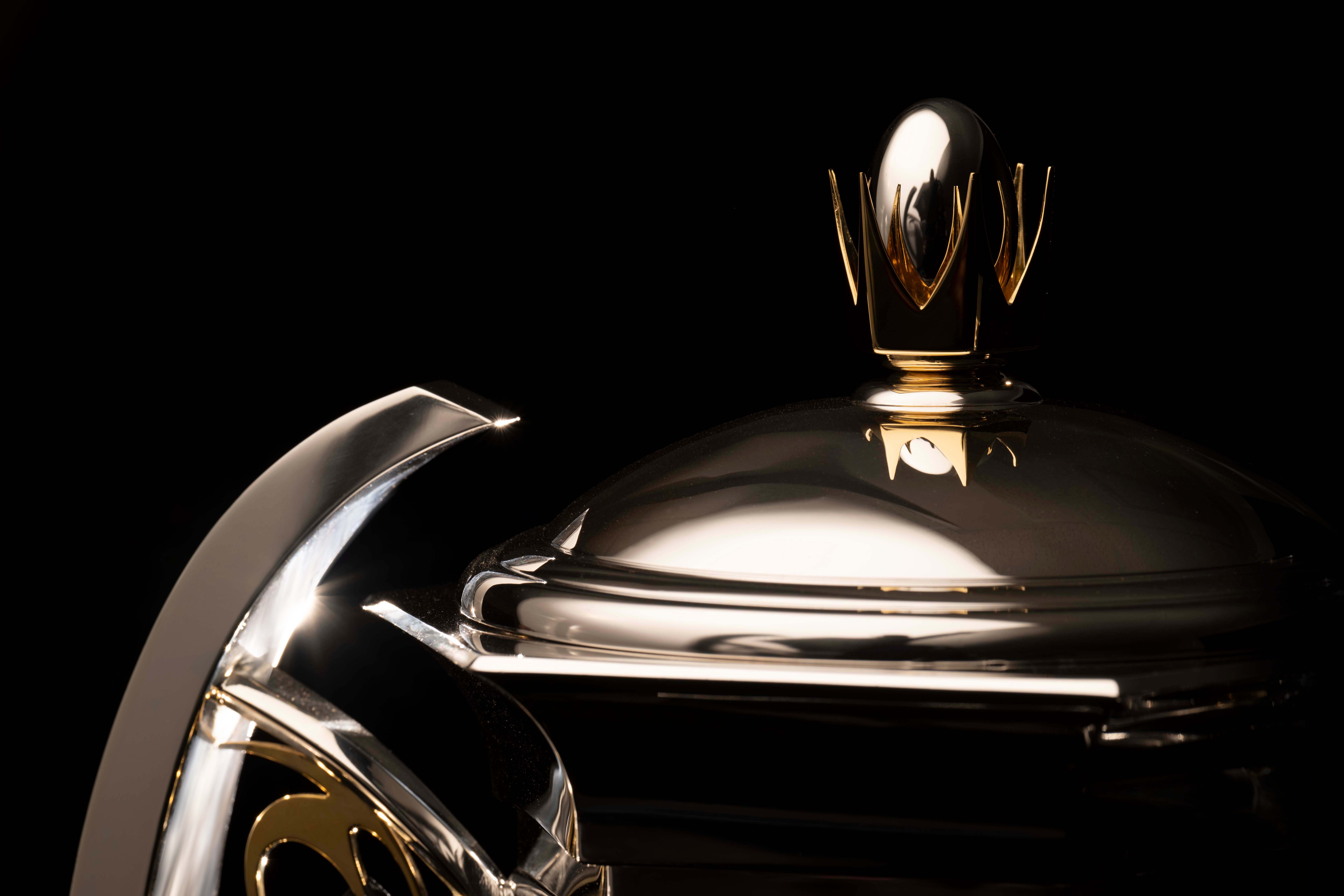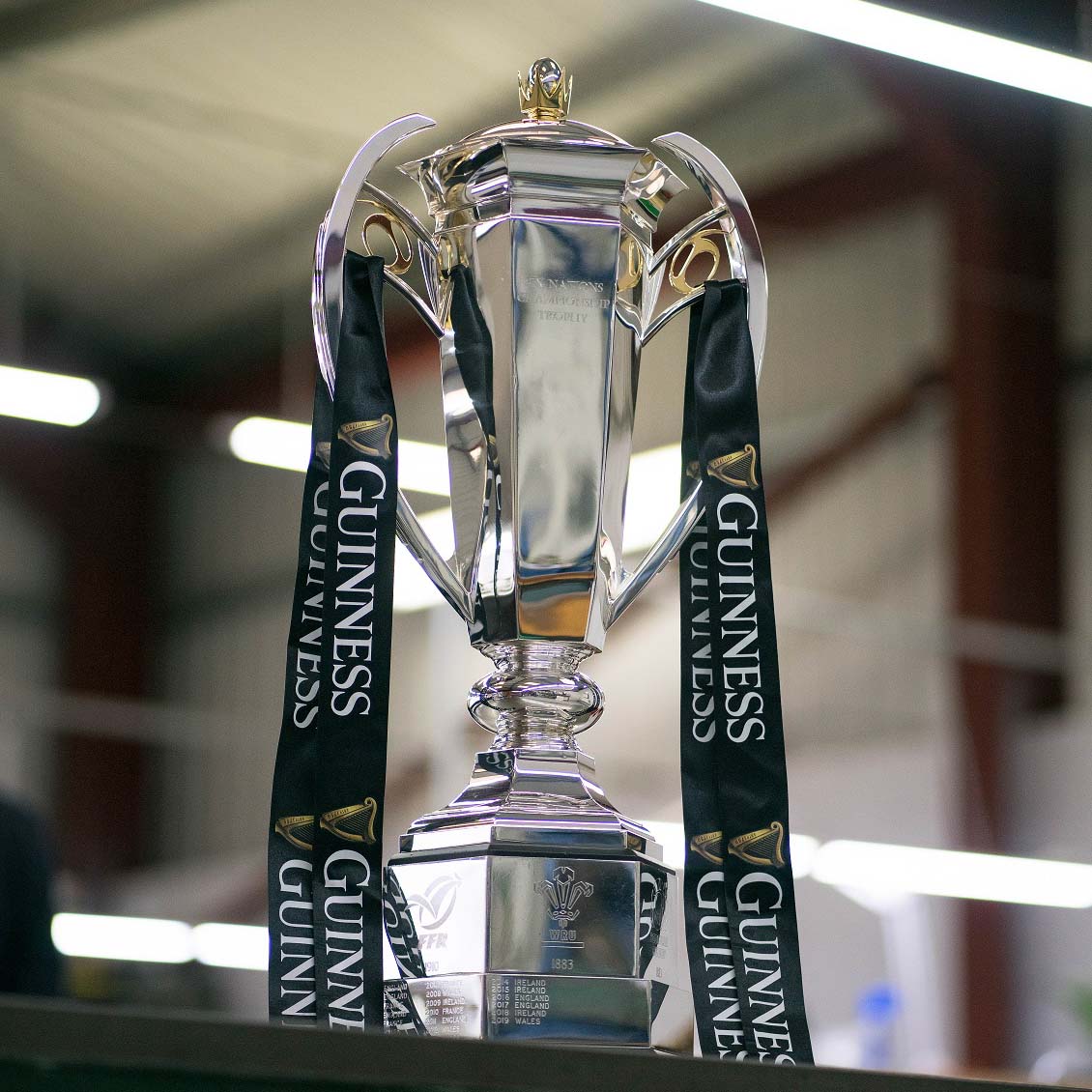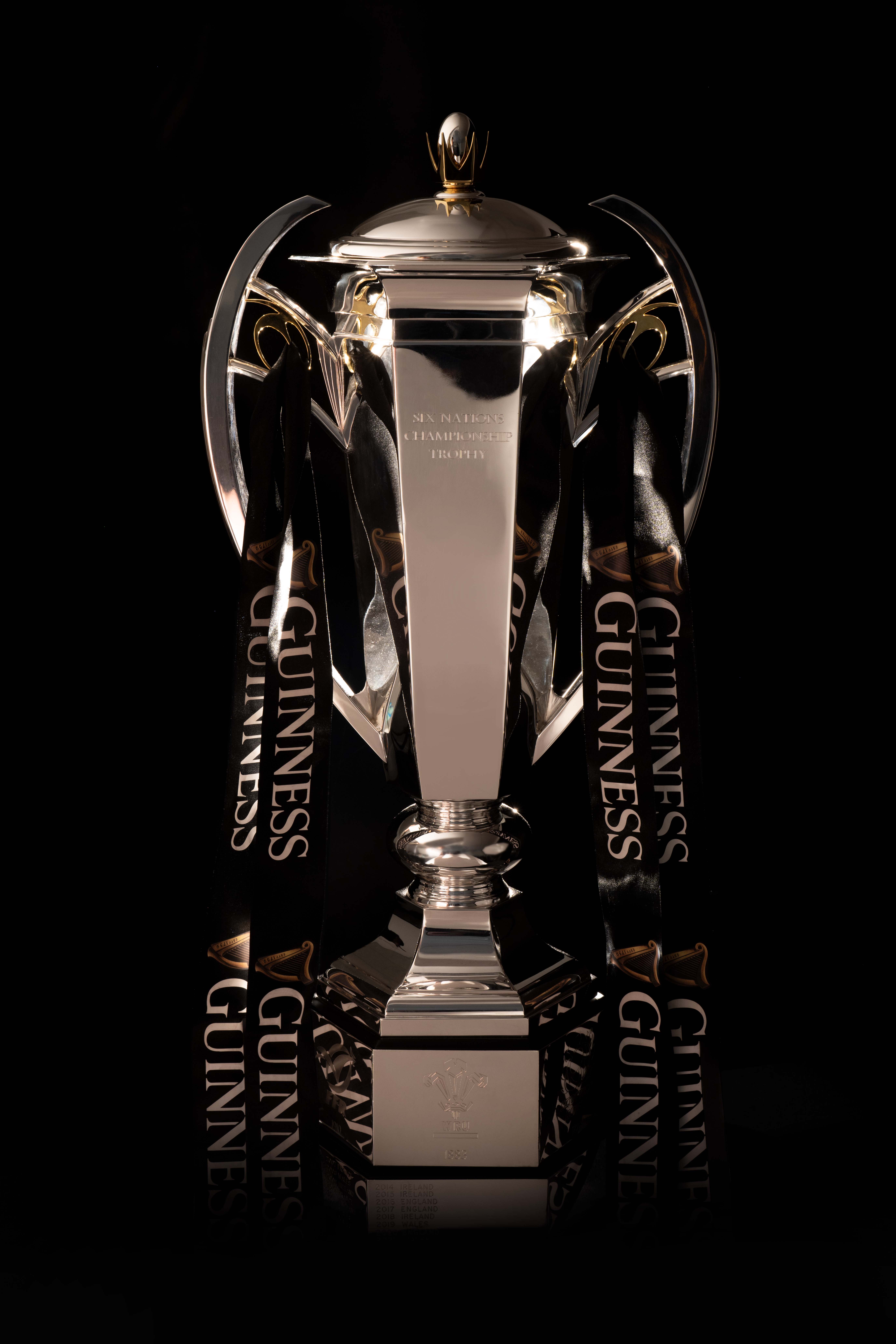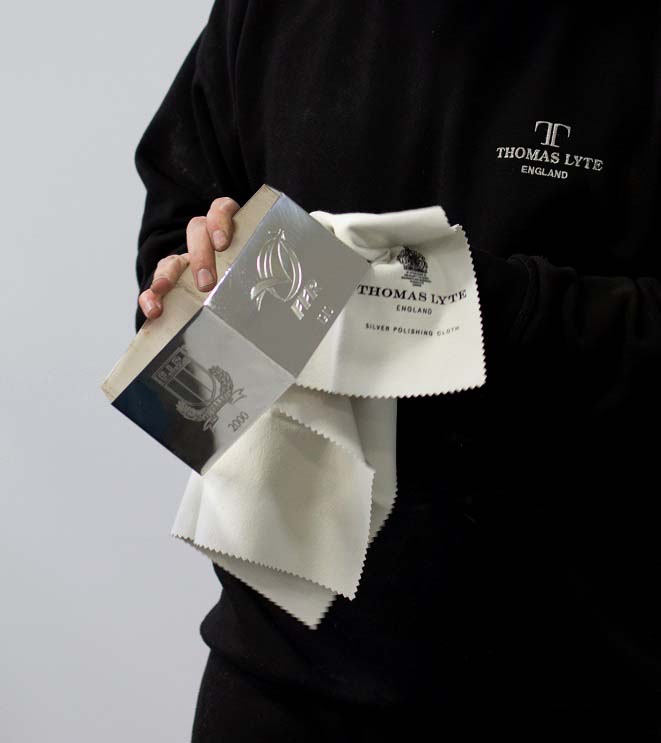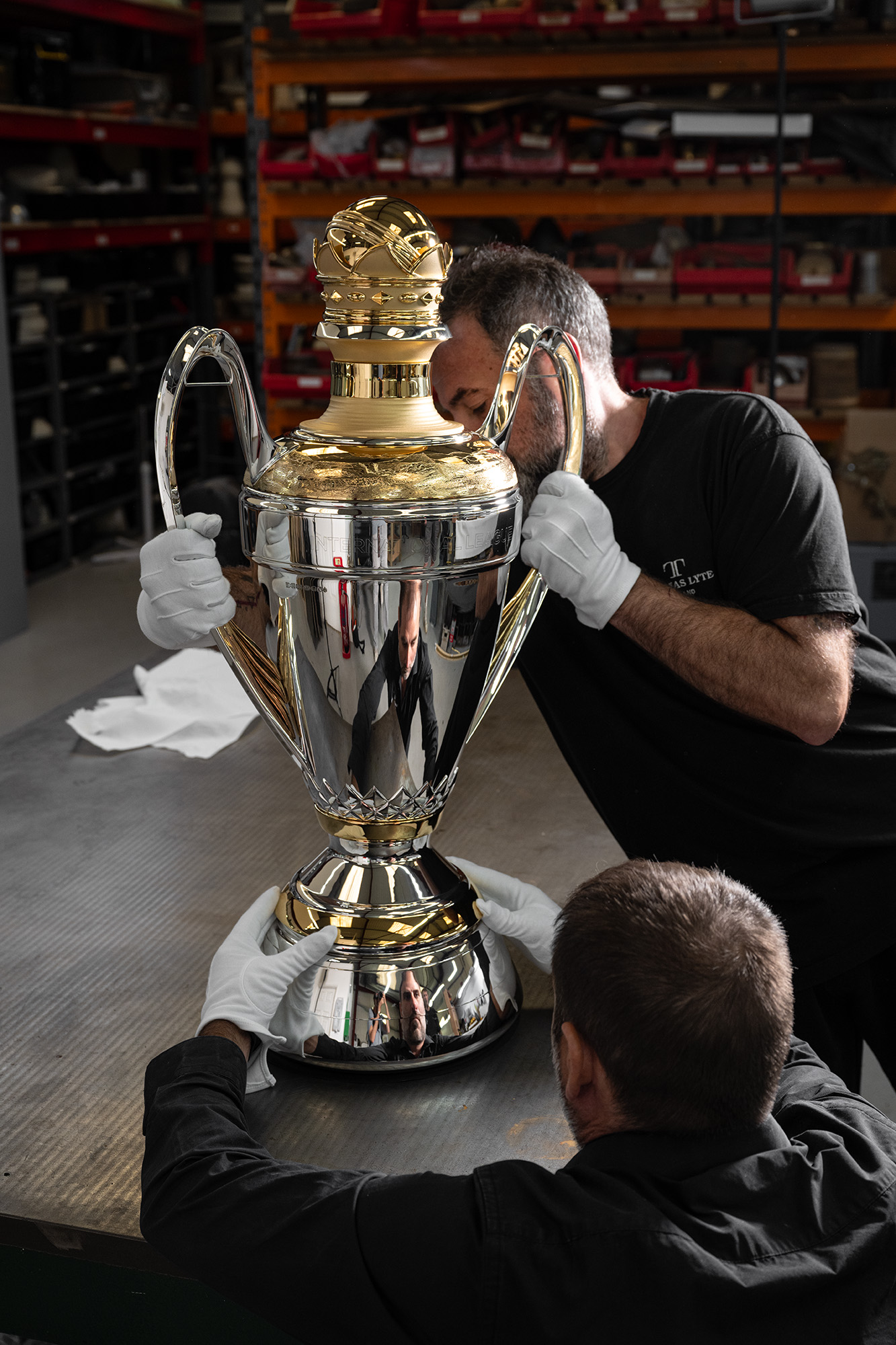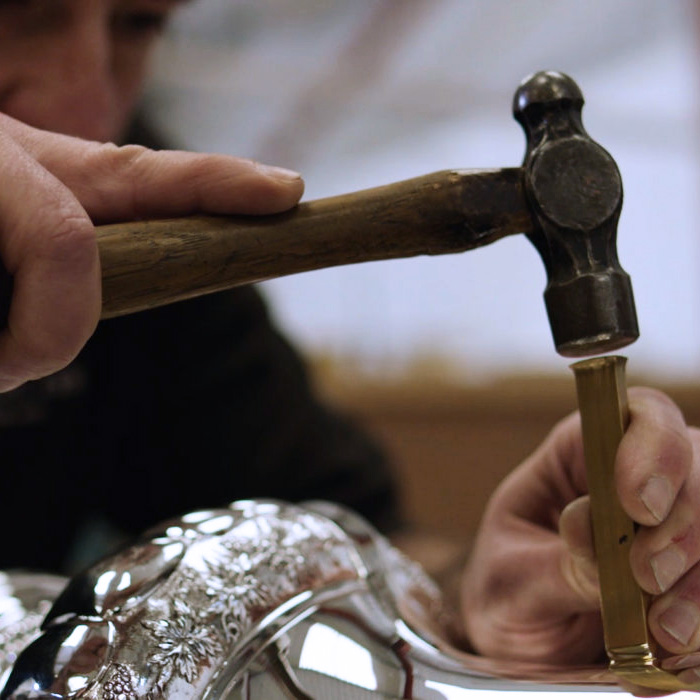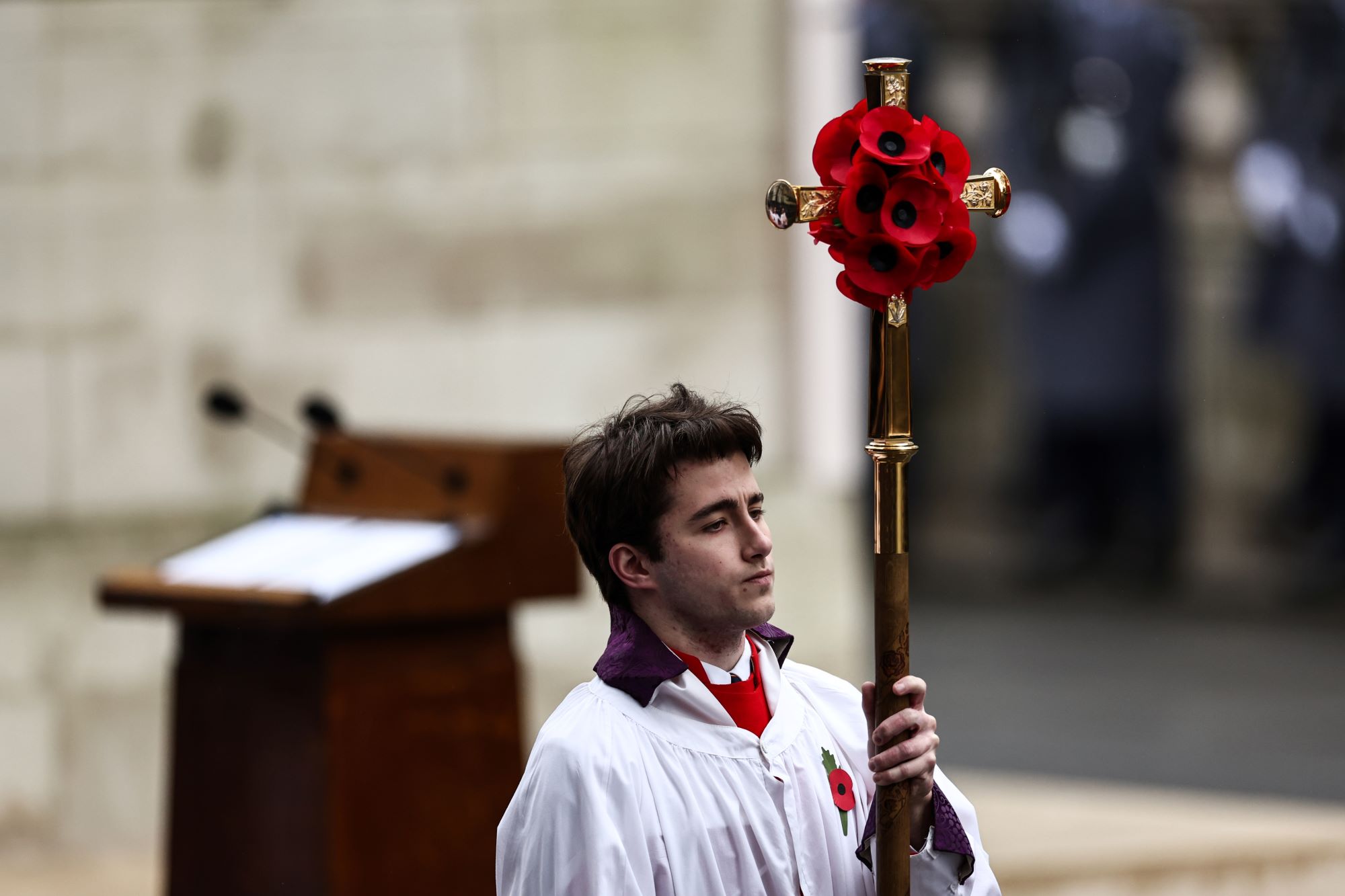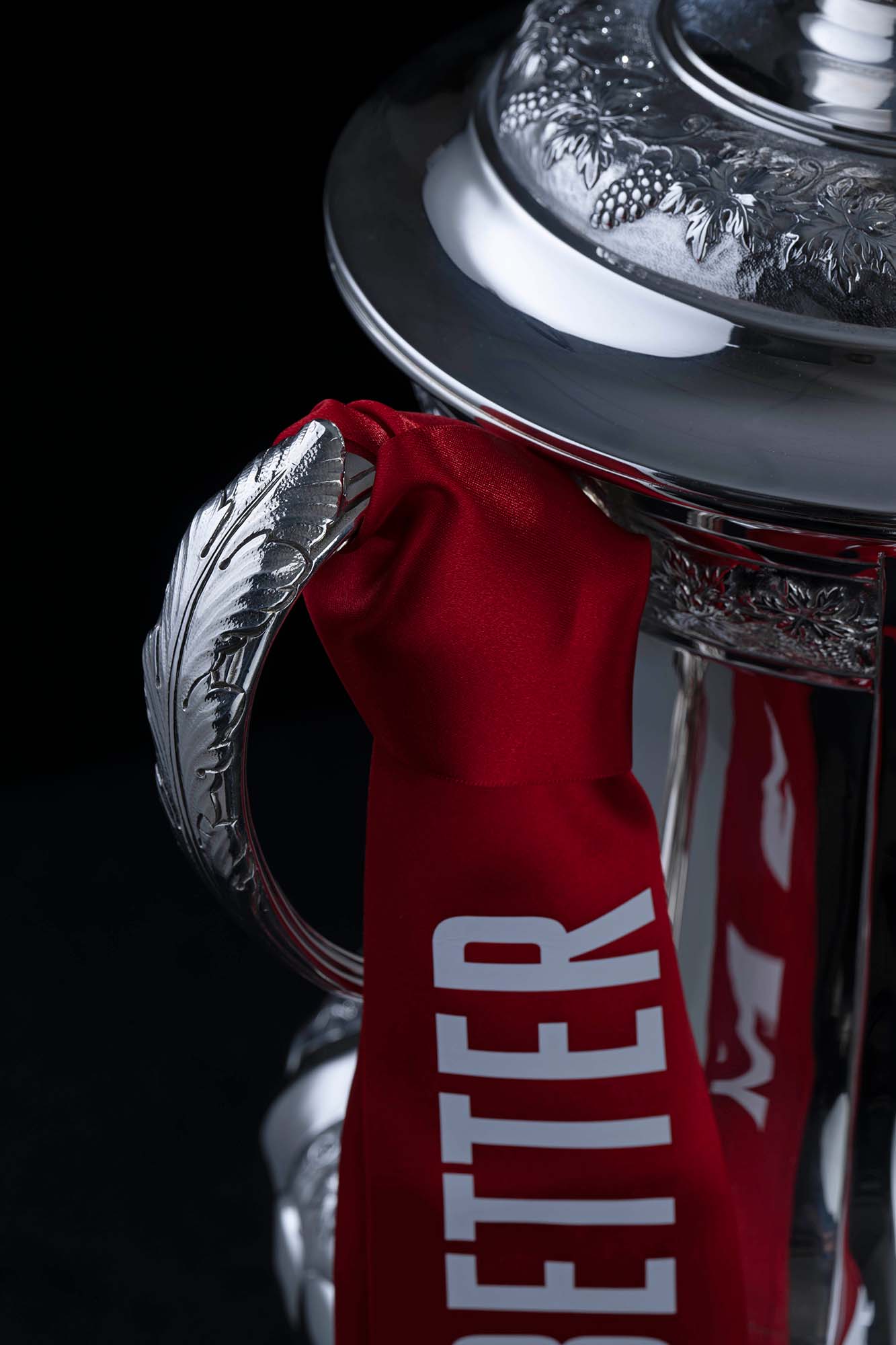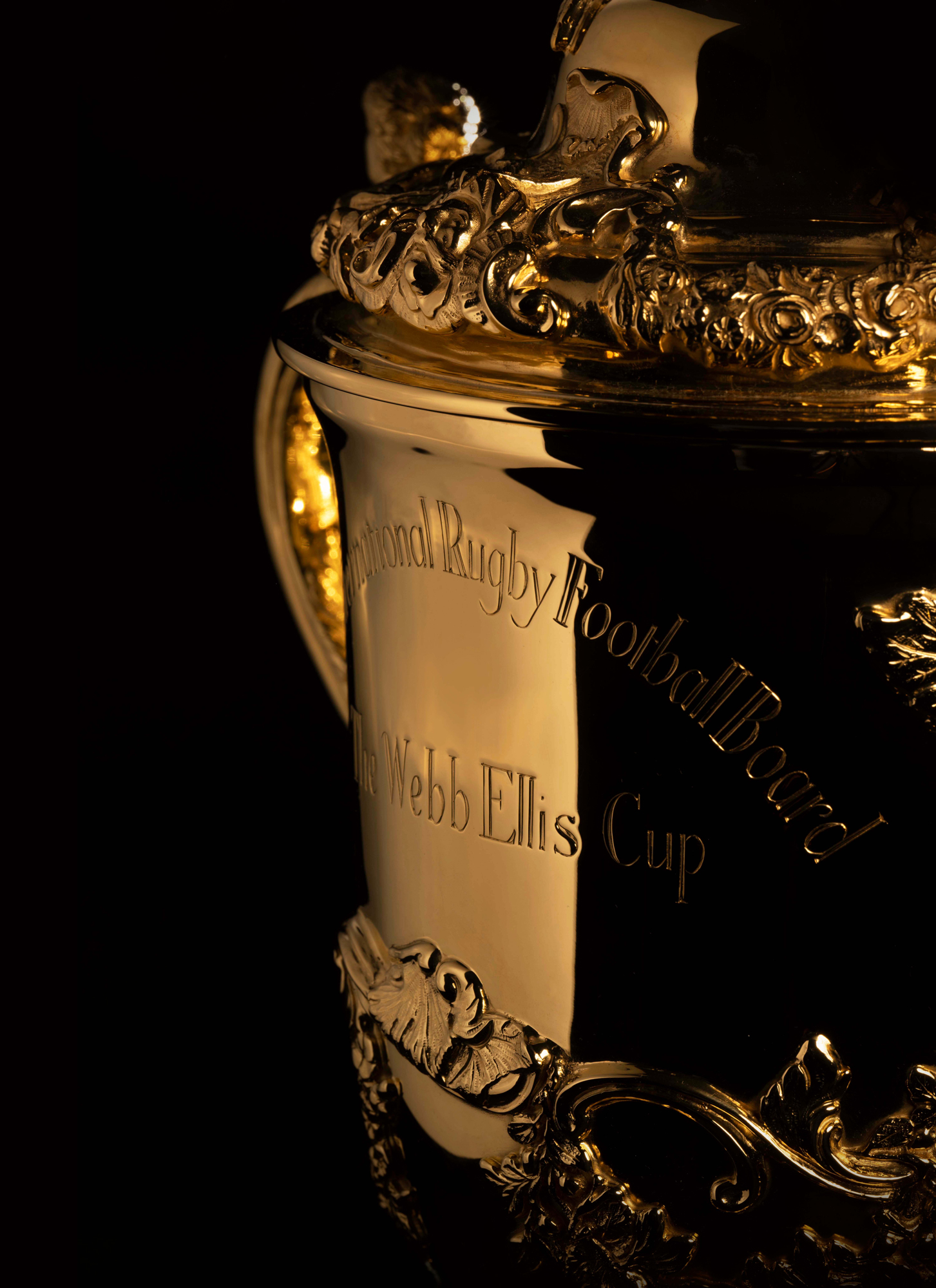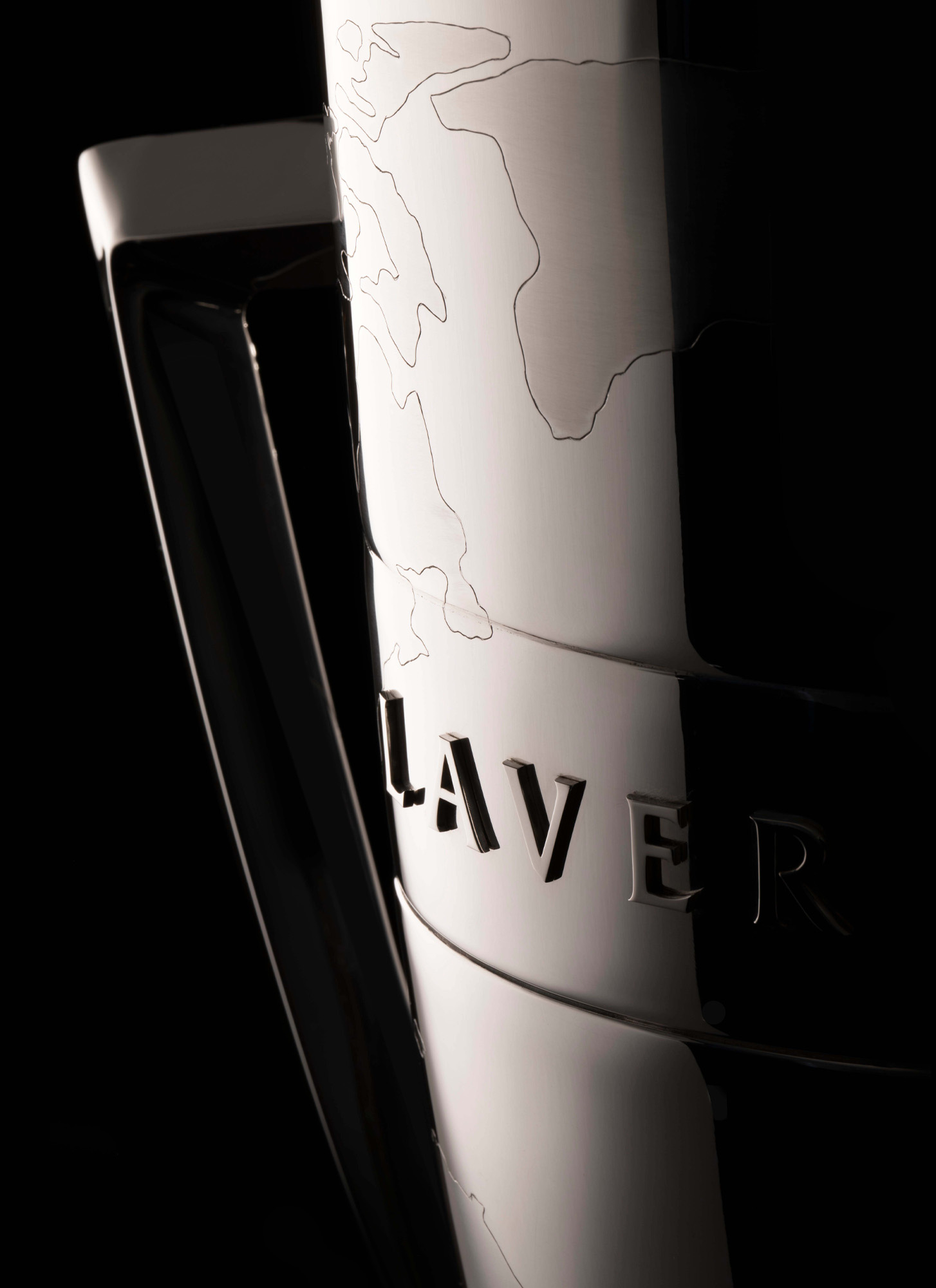Sitting at 75cm in height, the Six Nations crown took over 200 hours to create. Hand-spun from 7kg of sterling silver, the distinctive plinth contains the engraved names of every winner since 1883. It’s a piece of history that continues to evolve at the speed of a winger tearing down the line at Twickenham or Cardiff.
It’s hard to believe that for 110 years, there was no trophy associated with the contest. But for the last 30 years, the Five, then Six Nations, has been busy making up for lost time. Now it’s up for grabs again – England, Wales, Scotland, Ireland, France and Italy are all eyeing a fresh piece of history.
![baton of hope mike mccarthy recieves baton from Thomas Lyte]() A Symbol of Hope for the UK
A Symbol of Hope for the UK![Designers Makers Of The Queen Elizabeth II Platinum Jubilee Processional Cross 3 1306x1800]() Culture Round-Up: 2022 and the Queen Elizabeth II Processional Cross
Culture Round-Up: 2022 and the Queen Elizabeth II Processional Cross